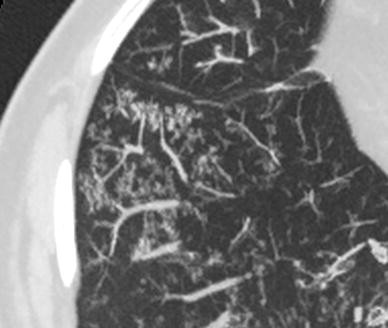tree in bud opacities in lungs
Tree in bud opacification refers to a sign on chest CT where small centrilobular nodules and corresponding small branches simulate the appearance of the end of a branch. Consolidation and tree-in-bud opacities bronchopneumonia pattern were usually attributed to bacterial infection and aspiration pneumonia.
87 rows The tree-in-bud sign reflects the presence of dilated centrilobular bronchioles with lumina that are impacted with mucus fluid or pus.
. The results of a chest X-ray showed bilateral peripheral pulmonary infiltrates in lower areas of the lungs Fig. As the great Dr. Bronchioles refer to the terminal passageways for gas exchange in the lungs.
A tree-in-bud pattern of centrilobular nodules from metastatic disease occurs by two mechanisms. However few reports have described it so far. It is often associated with peribronchiolar.
Abstract Tree-in-bud TIB pattern can be found with central lung cancer on chest CT scans. The tree-in-bud sign is a nonspecific imaging finding that implies impaction within. The tree-in-bud pattern can be seen on a thin-section computed tomography of the lungs.
Webb says this means the answer is in the sputum and it. Diffuse opacities show up in multiple lobes of one or both lungs. Nodular opacities with tree-in-bud appearance can be associated with other changes in lung parenchyma-such as thickening of the bronchial walls consolidations andor.
The tree-in-bud pattern is commonly seen at thin-section computed tomography CT of the lungs. There are several types of GGO. Tree-in-bud TIB opacities are small round densities in the lung that appear as if a small tree were growing inside the lung.
We aim to determine its incidence. The results of a high-resolution computed tomography HRCT of. They are not normally seen on computed tomography scans due to their small size less than or equal to 1.
It consists of small centrilobular nodules of soft-tissue attenuation connected to multiple. Nodular opacities with tree-in-bud appearance can be associated with other changes in lung parenchyma-such as thickening of the bronchial walls consolidations andor. Gerald Mandell answered Nuclear Medicine 53 years experience Infection common.
1 direct filling of the centrilobular arteries by tumor emboli and 2 fibrocellular. It consists of small centrilobular nodules of soft-tissue attenuation connected to. But now the lung windows showed dreaded tree-in-bud opacities.
These opacities are often seen on chest x-rays and are most commonly caused by infection inflammation or cancer. So far it was straightforward. Multiple causes for tree-in-bud TIB opacities an imaging pattern usually seen on chest CT have been.
In radiology the tree-in-bud sign is a finding on a CT scan that indicates some degree of airway obstruction. This pattern occurs when the air in the lungs is. Usually somewhat nodular in appearance the tree-in-bud pattern is generally most pronounced in the lung periphery and associated with abnormalities of the larger airways.
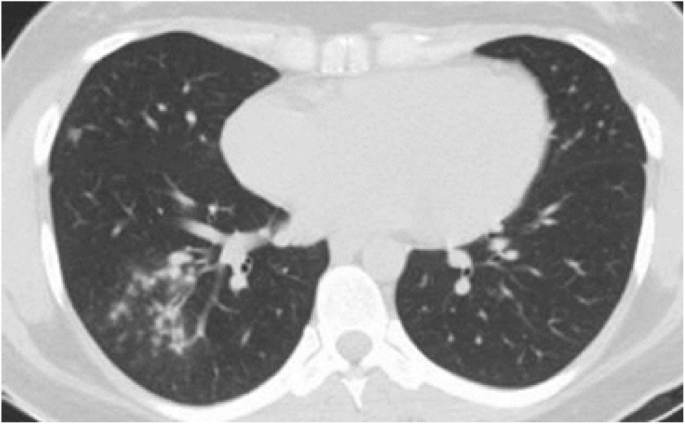
Covid 19 Pneumonia A Pictorial Review Of Ct Findings And Differential Diagnosis Egyptian Journal Of Radiology And Nuclear Medicine Full Text

Tree In Bud Pattern Pulmonary Tb Eurorad
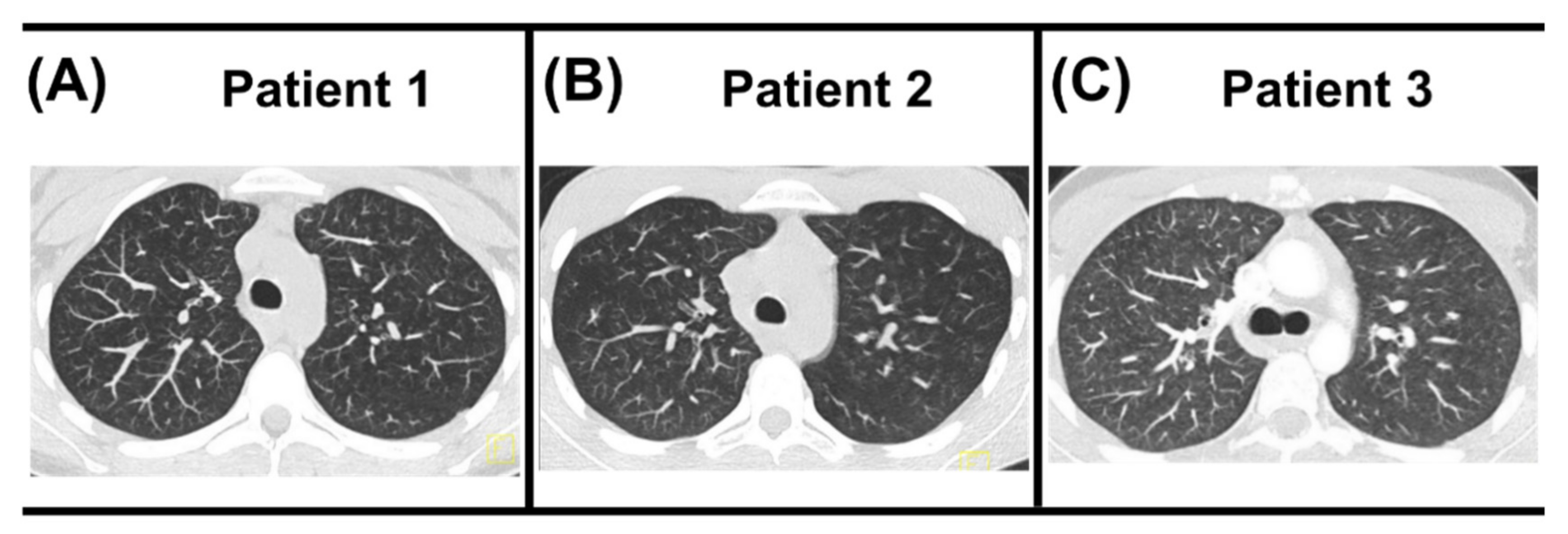
Diagnostics Free Full Text Do Not Miss Acute Diffuse Panbronchiolitis For Tree In Bud Case Series Of A Rare Lung Disease Html

Tree In Bud In Centrilobular Nodules The Recognition Grepmed

Case Challenge A 57 Year Old Man With Persistent Cough And Pulmonary Opacities Nejm

Tree In Bud Pattern Pulmonary Tb Eurorad

Life Threatening Bronchiolitis Related To Electronic Cigarette Use In A Canadian Youth Cmaj

Tree In Bud Pattern Semantic Scholar
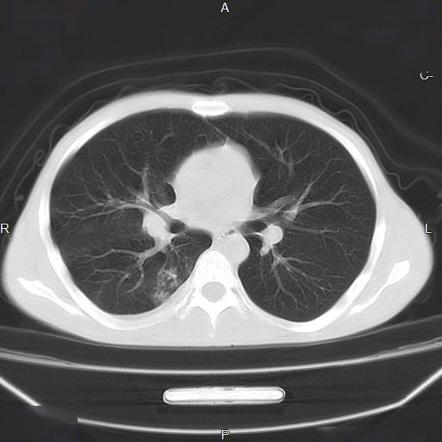
Tree In Bud Sign Lung Radiology Reference Article Radiopaedia Org

Tree In Bud Pattern Pulmonary Tb Eurorad
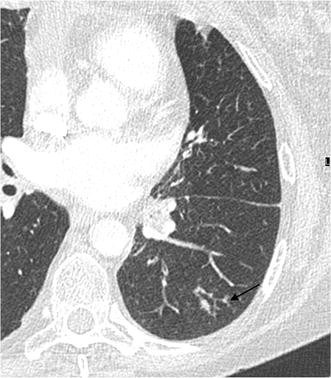
The Tree In Bud Pattern On Chest Ct Radiologic And Microbiologic Correlation Springerlink

Tree In Bud Pattern Pulmonary Tb Eurorad

Scielo Brasil Pulmonary Tuberculosis In A Patient With Covid 19 Pneumonia Pulmonary Tuberculosis In A Patient With Covid 19 Pneumonia




